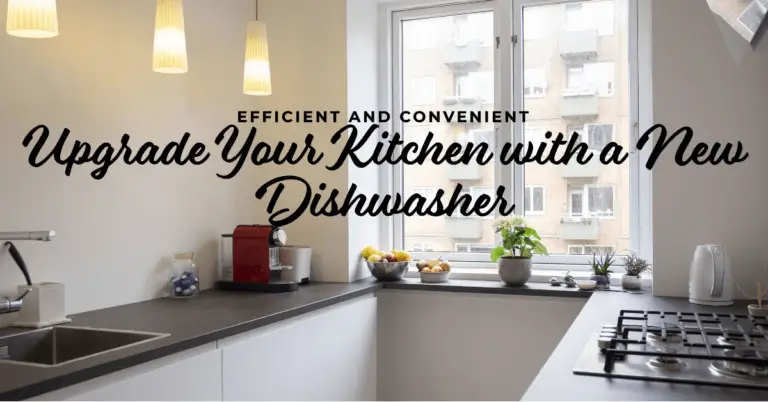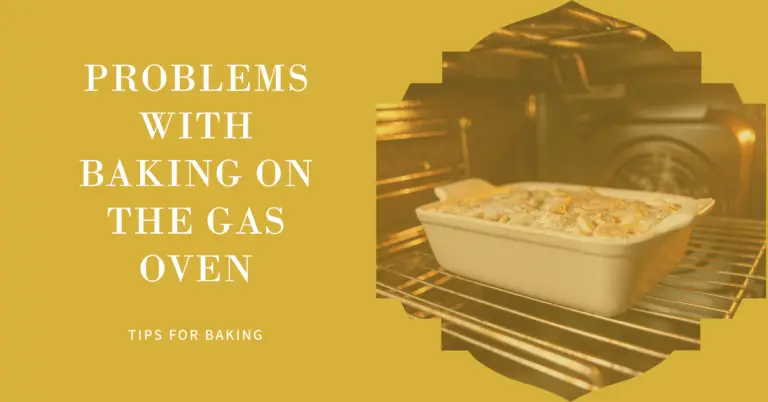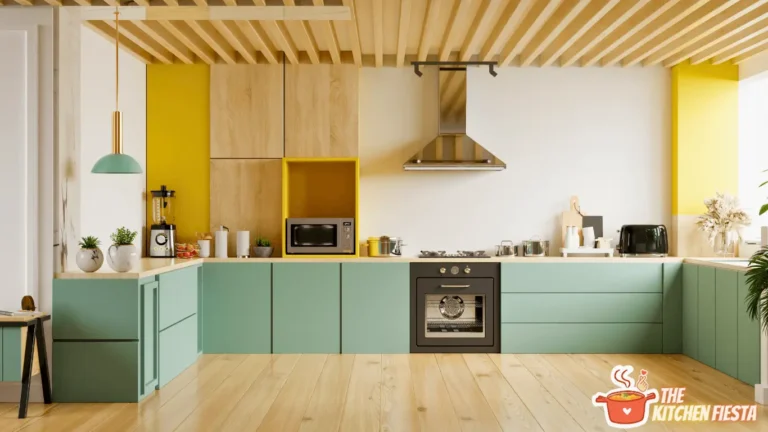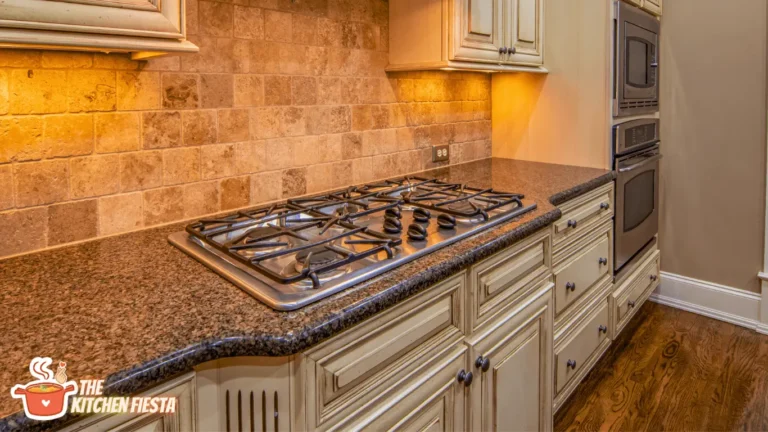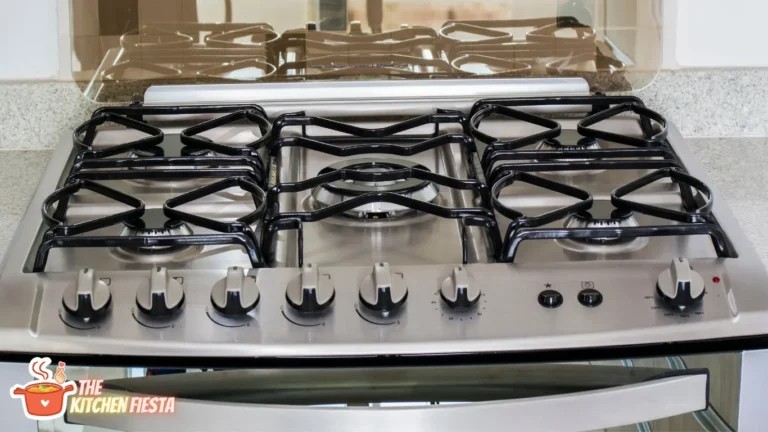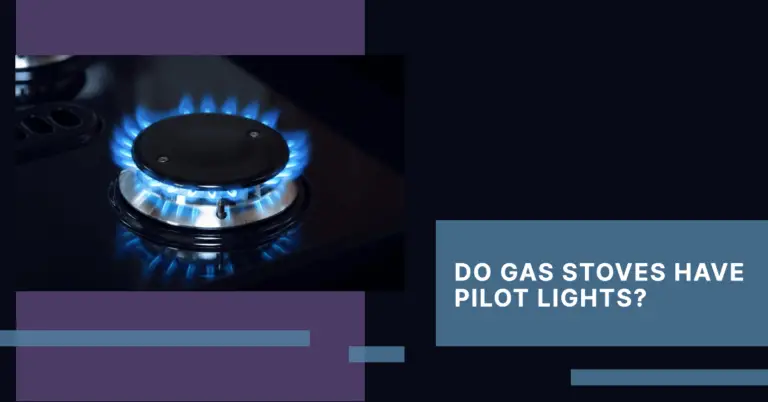What Happens When You Use Propane on a Natural Gas Stove?
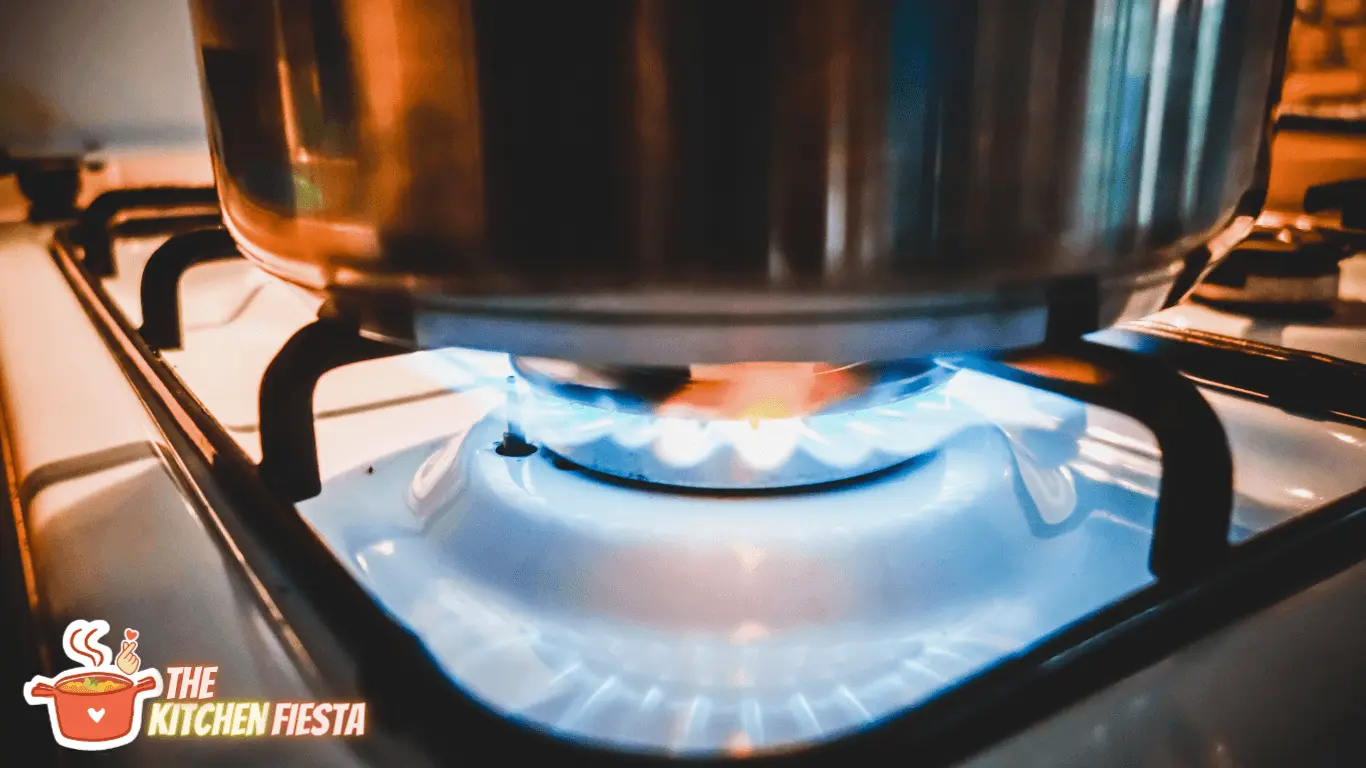
Many households use natural gas for operating appliances like stoves, ovens, water heaters, and more. Natural gas is piped directly into homes and burns cleanly and efficiently for cooking and heating needs.
Propane also powers many appliances, especially in rural areas without access to natural gas lines. Propane is delivered and stored on-site in pressurized tanks.
So what happens if you try using propane in an appliance designed for natural gas?
In short, using propane in a natural gas stove is extremely dangerous if not converted properly. Propane’s higher pressure can cause fires or explosions, and its improper combustion produces carbon monoxide and soot buildup.
This article covers everything you need to know about the risks of swapping gases, how to convert a natural gas stove safely, and tips for cooking with propane fuel. Read on for a full guide!
How Do Natural Gas and Propane Stoves Differ?
First, it’s helpful to understand how natural gas and propane stoves operate differently.
Natural gas is piped into homes at low pressure, around 0.5 psi (pounds per square inch). It contains mostly methane and is lighter than air.
Propane is delivered in pressurized tanks at 10-13 psi. It’s heavier than air and contains more energy per cubic foot than natural gas.
Gas stoves rely on the pressure and density of the fuel to properly mix with air for clean combustion. The stove’s internal regulator controls the gas flow.
Natural gas produces a lower pressure, lighter blue flame when ignited. Propane has a higher pressure and creates a warmer, more yellow flame.
Using the wrong type of gas can prevent the stove from functioning safely and efficiently.
What Exactly Happens if You Use Propane in a Natural Gas Stove?
Let’s outline the potential issues with using propane in a stove designed for natural gas:
- The higher pressure of propane can cause internal gas leaks in the stove components not built for that PSI level. Gas may leak into the room, creating a major fire or explosion hazard.
- The natural gas regulator cannot properly control and reduce the higher pressure propane. This affects the air-gas mixture and can lead to incomplete combustion.
- Without the right air mix, propane will burn inefficiently. This produces carbon monoxide, an odorless and toxic gas. It also causes a yellow, sooting flame with soot buildup.
- Burners receiving too much propane results in uncontrolled flames, uneven heating, and fire risks. The stove may function poorly or not at all in this condition.
- Using an incompatible gas mixture voids the manufacturer’s warranty and may violate insurance policies if damage occurs.
In summary, the issues are mainly caused by the higher pressure and improper air-fuel ratios created by using propane in a stove designed for natural gas.
Is It Possible to Convert a Natural Gas Stove to Use Propane Safely?
The good news is that it IS possible to convert many natural gas stoves to use propane safely.
However, this requires a certified conversion kit and professional installation. The key steps include:
- Checking that your stove model is compatible with propane use. The manufacturer’s website will indicate if a conversion kit is available.
- Purchasing the manufacturer-recommended kit, which includes a high pressure regulator and different stove orifices for propane. Kits cost $100-$300 depending on the brand.
- Having a certified gas technician do the installation and adjustments for propane. This ensures proper pressure, gas line compatibility, and leak testing.
- The technician will also verify proper combustion by checking flame appearance and CO output.
Doing this conversion professionally is the only way to use propane safely in a natural gas appliance. Never try DIY conversions – it’s extremely dangerous.
Risks and Dangers of Using Propane in an Unconverted Stove
It should now be clear why using propane in an unmodified natural gas stove is so risky. Let’s recap the biggest dangers:
- Gas leaks and fire hazards – The high propane pressure can overload the stove’s internal components and cause gas leaks. This leads to fire risks or even explosions.
- Carbon monoxide poisoning – The mismatched gas pressure creates incomplete propane combustion, releasing toxic CO into the home that can sicken or kill occupants.
- Sooting and damage – Poor propane combustion creates black soot that can coat the stove interior and walls. This requires extensive cleaning and repairs.
- Improper cooking – With too much/little propane flow, the stove won’t heat properly. Food may be undercooked, burnt, or cooked at inconsistent temperatures.
Using the wrong gas type almost guarantees dangerous outcomes over time. Additionally, you may violate insurance clauses or manufacturer warranties.
Tips for Safe Propane Conversion and Usage
If you do decide to have your natural gas stove converted properly to use propane, follow these tips for ongoing safe operation:
- Always start propane appliances on a low flame and increase gradually. The higher energy density of propane means you need less gas.
- Provide good ventilation to prevent carbon monoxide buildup. CO detectors should be installed nearby since propane can produce some CO.
- Watch for yellow, sooting flames or the smell of gas – this likely means a needed adjustment from the technician.
- Because propane is heavier than air, leaks sink and linger longer. Check for leaks down low using a soapy spray bottle method.
- Clean stove surfaces frequently to remove soot from propane combustion residues.
- Adjust cooking temperature and times to account for propane’s faster heating. Use lower temps and shorter times compared to natural gas.
With proper use, a professionally converted propane stove can operate safely like any other propane appliance. But maintenance and awareness of risks remains important.
Comparing Propane and Natural Gas: Pros, Cons, and Costs
Propane offers some different pros and cons as a stove fuel versus natural gas:
Propane Pros
- Available almost anywhere lacking natural gas lines
- Heats faster and can reach higher temperatures
- Portable tanks allow appliance flexibility
- Does not depend on vulnerable public gas lines
Propane Cons
- More expensive per BTU than natural gas
- Tanks require filling and can run out
- Risk of soot and carbon monoxide is higher
- Heavier vapor requires leak vigilance
Natural Gas Pros
- No delivery or storage tanks needed
- Less soot and carbon monoxide issues
- Even, consistent flame and heating
- Reliable infrastructure, no interruptions
Natural Gas Cons
- Only available in serviced areas
- Dependent on vulnerable public gas lines
- Slightly slower heating times
- Cannot be used portably
Costs are also a consideration. On average, propane costs about 1.5-2 times more than natural gas per BTU. However, tanks allow it to be used almost anywhere.
Overall, each fuel has pros and cons based on needs like reliability, heating power, costs, and accessibility.
Signs You Have Connected Propane to an Incompatible Stove
If you mistakenly connected propane to a natural gas stove, you may notice:
- A strong gas smell continuously lingering
- Yellow, sooting flames instead of clean blue ones
- Black residue/soot building up on cookware
- Feeling lightheaded or getting headaches while cooking
- Burners not heating evenly or properly
- Appliance seems to use more gas and heat faster
- Small fires/flames shooting from valves or orifices
These signs mean you should immediately stop using the stove and switch back to natural gas before a fire hazard or carbon monoxide leak arises. Never try to modify the stove yourself to somehow accommodate propane.
Step-by-Step Guide to Converting a Stove from Natural Gas to Propane
If you want to properly outfit your natural gas stove to use propane instead, follow this exact process:
- Check manufacturer guidelines to see if your specific appliance is capable of being converted. There should be an official propane conversion kit available.
- Purchase the full OEM conversion kit, which contains the necessary high pressure propane regulator, appliance regulator, and properly sized propane orifices to replace the natural gas ones.
- Hire a certified gas technician to do the installation and adjustments. Under no circumstances should you attempt a DIY gas conversion.
- The technician will remove the natural gas regulator and orifices, installing the propane kit components in their place. All gas lines and valves will be checked.
- After assembly, the technician will check for leaks using a bubble solution. A proper flame test will also be done to ensure clean combustion.
- Some adjustments to flame size and cooking temps/times may be needed as propane heats differently than natural gas.
Follow this process exactly, with no shortcuts or DIY work, to safely convert a natural gas stove to propane fuel. Never use propane in a stove not professionally converted.
Converting Back to Natural Gas from Propane
Sometimes there’s a need to switch a propane stove back to natural gas, such as:
- Moving from off-grid housing to a location with natural gas lines
- Finding propane too costly or inconvenient compared to piped gas
- Experiencing soot/combustion issues from propane usage
To revert to natural gas, the reverse procedure needs to be followed:
- The propane kit must be fully removed and replaced with original natural gas components
- A certified technician should perform the work to avoid any errors or leaks
- The lines, regulator, and orifices will all be swapped back to natural-gas specs
- Flame and leak tests will be conducted to verify safety
- Cooking temps/durations will need adjustment for the lower heat of natural gas
Taking shortcuts is especially dangerous when converting back to natural gas from propane. Always use a professional.
Key Takeaways on Using Propane in Natural Gas Appliances
To wrap up, keep these important points in mind:
- Never use propane in a natural gas stove without properly converting it first
- Conversion kits must be installed by certified gas professionals only
- Check that your appliance is listed as convertible by the manufacturer
- Propane’s higher pressure can damage stoves and cause major risks
- Look for telltale signs of propane problems like sooting or gas smells
- Converting back to natural gas also requires professional help
- Adjust cooking practices to account for propane’s faster heating
- Regular maintenance and leak checks are required for propane stoves
Following safety codes and manufacturer guidelines is crucial when modifying stove fuel types.
Conclusion
Converting a natural gas stove to use propane fuel can be done safely – but only with the right conversion kit and professional installation. Never attempt gas conversions yourself. While propane allows stoves to be used off the natural gas grid, it also comes with performance and safety considerations to keep in mind. Follow all manufacturer guidelines and have certified technicians do the work. Understand the risks of using propane in an incompatible natural gas stove before making fuel modifications.

